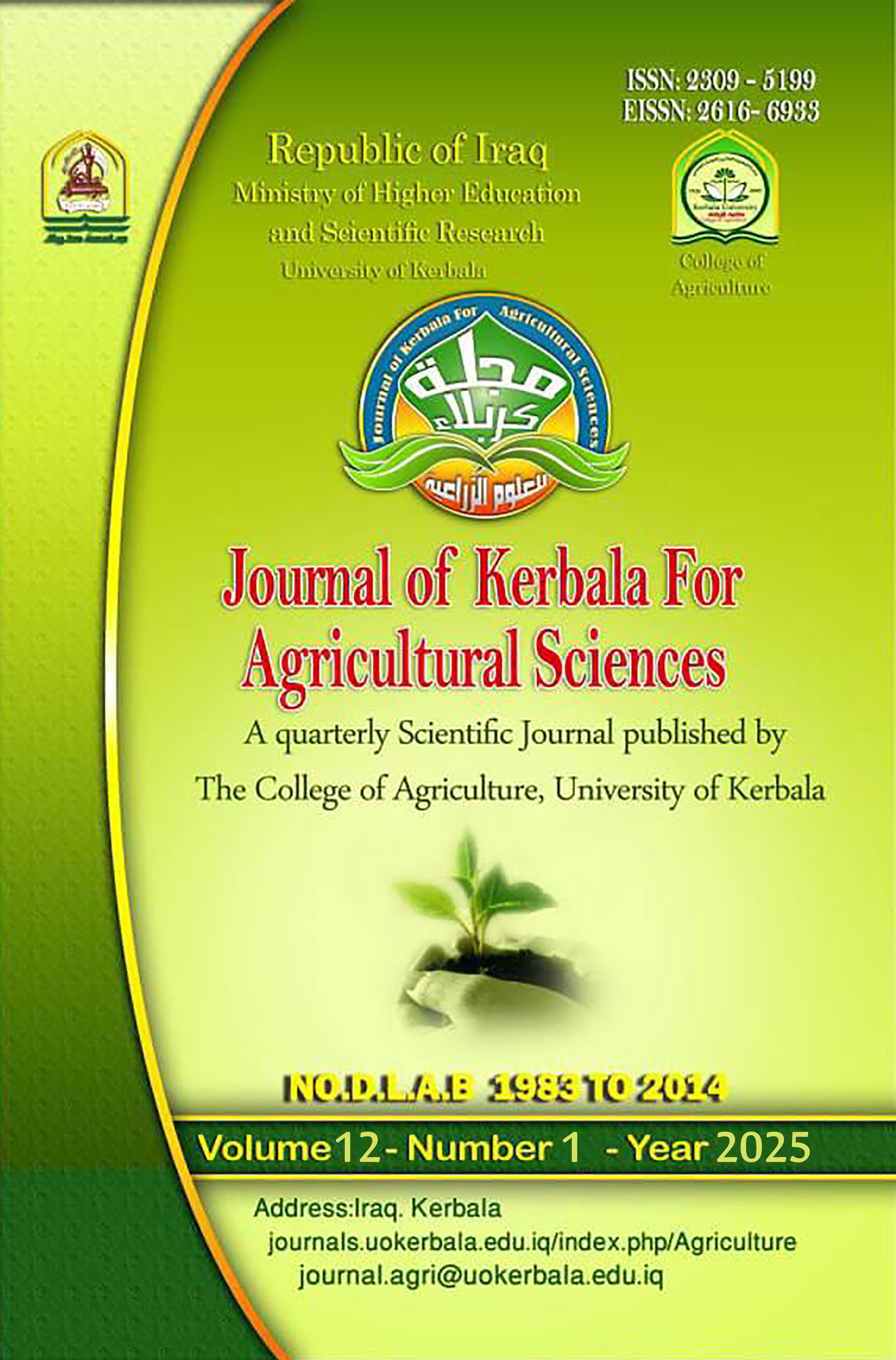Evaluation of information communication technology (ICTs) utilization among dry season vegetable farmers in Ejigbo local government area of Osun state, Nigeria
DOI:
https://doi.org/10.59658/jkas.v12i1.3247Keywords:
ICTs, utilization, dry-season, vegetable productionAbstract
Information Communication Technology (ICTs) plays a pivotal role in enhancing dry-season vegetable production. The study assessed the evaluation of Information Communication Technology (ICT) utilization among dry-season vegetable farmers in Ejigbo local government area of Osun State. A structured interview schedule was used to collect information from 120 respondents for the study selected using a two-stage sampling procedure with the aid of purposive and random sampling techniques from 171 farmers constituting about 93%. Data obtained were analyzed with both descriptive and inferential statistics (Pearson’s Product Moment Correlation). The results show that more than half (65.8%) of the respondents were female, and three-quarters (75.0%) were married with mean age, household size, and years of formal education of 35±13.2, 5±1.38 and 5.15±1.38 respectively. Mobile phone was the major ICT used in facilitating input procurement with a weighted mean score (WMS) of 2.53 and delivery to farm (WMS=4.06) was the main purpose of ICT usage. The major constraints to ICT usage were inadequate capital (WMS=1.61) and the high cost of ICT tools (1.53). A significant and positive relationship exists between each age (r = 0.453), household size (r =-0.204), years of experience (r =-0.376), and the utilization of ICT. The study concluded that farmer's use of ICTs was low and informed by socio-economic factors such as inadequate capital and the high cost of ICTs limiting purposeful usage. It is recommended that ICT infrastructural development should be prioritized in rural communities of Nigeria.
Downloads
Published
How to Cite
Issue
Section
License
Copyright (c) 2025 Copyright (c) 2024 is the Author's article. Published by the Journal of Kerbala for Agricultural Sciences under a CC BY 4.0 license

This work is licensed under a Creative Commons Attribution 4.0 International License.
Licensing Terms
All articles are published under a Creative Commons License and will be directed to the Creative Commons Attribution 4.0 International License (CC BY 4.0) That permits use, distribution, and reproduction in any medium, provided the original work is properly cited. This license also allows the work to be used for commercial purposes.
Use by both non-commercial and commercial users
This content is licensed under a Creative Commons Attribution 4.0 International (CC BY 4.0) license, permitting use by both non-commercial and commercial users. Individual users may access, download, copy, display, and redistribute the articles to colleagues, as well as adapt, translate, and text- and data-mine the content, subject to the following conditions:
- The author's moral rights, including the right of attribution and the right to protect their work from derogatory treatment, are respected.
- Where content in the article is identified as belonging to a third party, users must ensure that any reuse complies with the copyright policies of the owner of that content.
- If the article content is reused for research or educational purposes, users should maintain a link to the appropriate bibliographic citation, including the DOI and a link to the published version on the journal's website.






